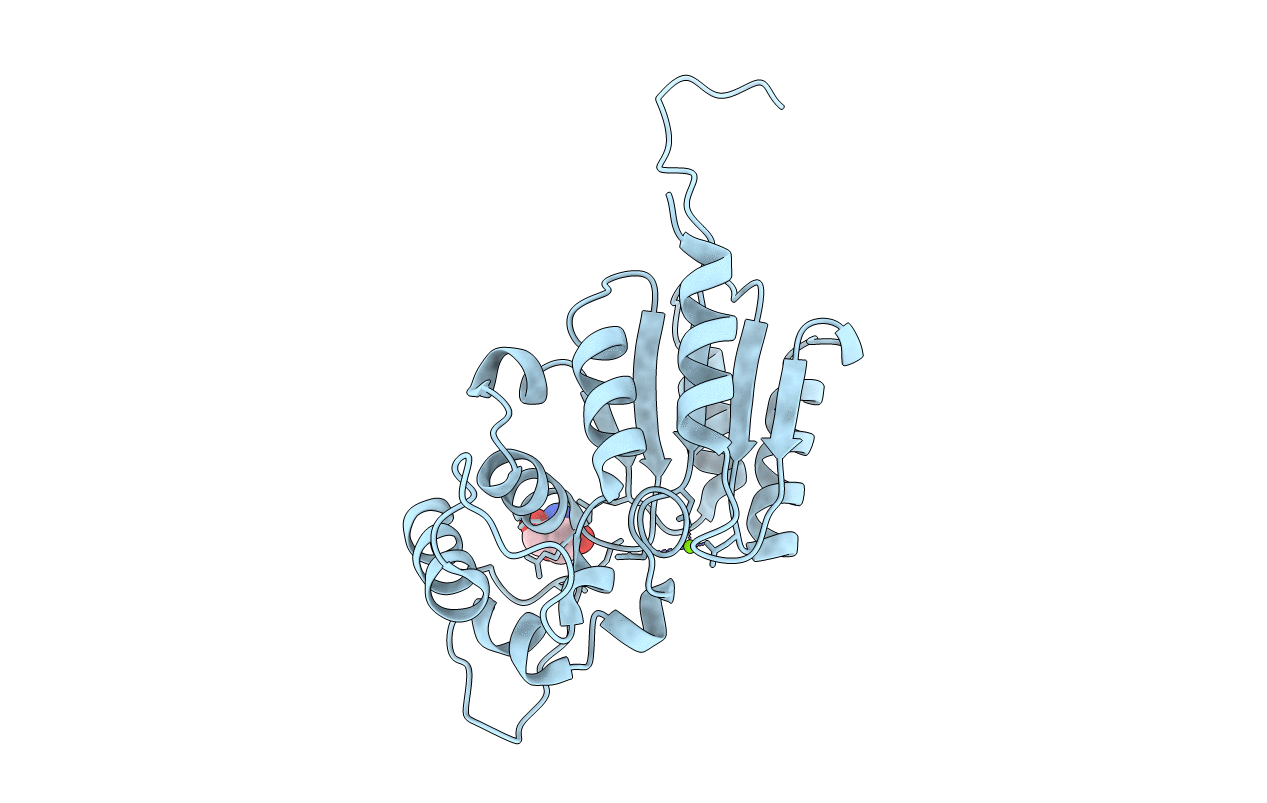
Deposition Date
2017-08-16
Release Date
2018-01-10
Last Version Date
2024-10-16
Entry Detail
PDB ID:
6AOK
Keywords:
Title:
Crystal structure of Legionella pneumophila effector Ceg4 with N-terminal TEV protease cleavage sequence
Biological Source:
Source Organism:
Host Organism:
Method Details:
Experimental Method:
Resolution:
1.88 Å
R-Value Free:
0.19
R-Value Work:
0.15
R-Value Observed:
0.15
Space Group:
P 21 21 21


